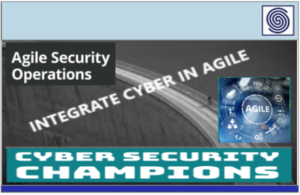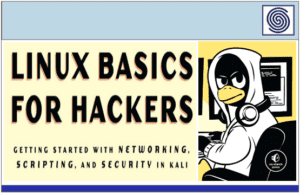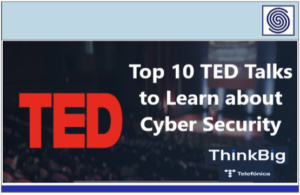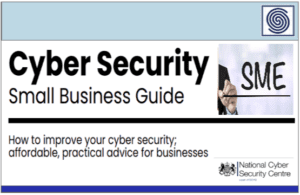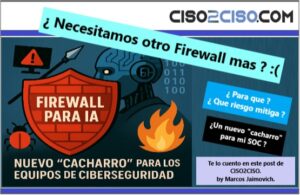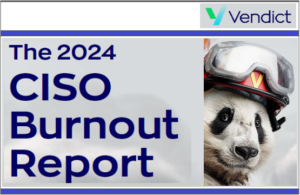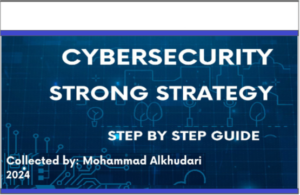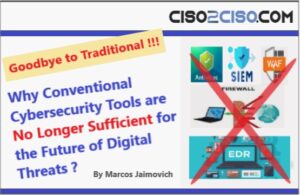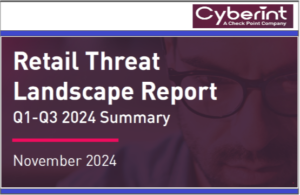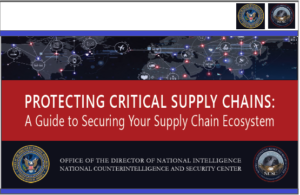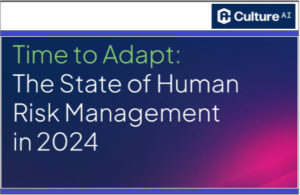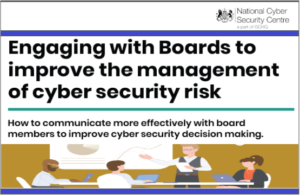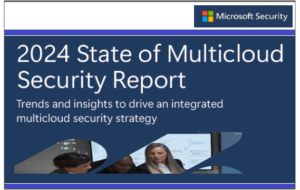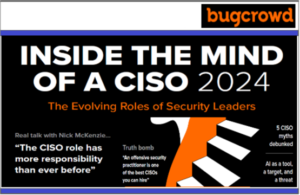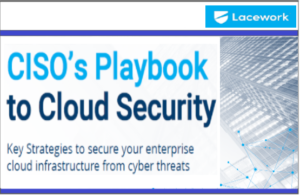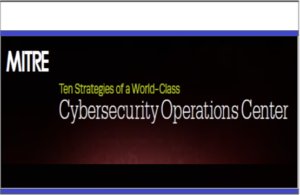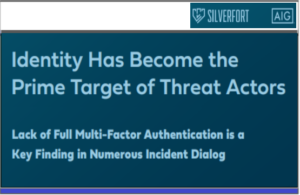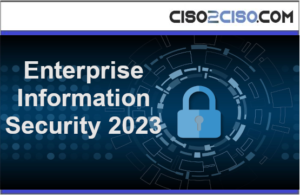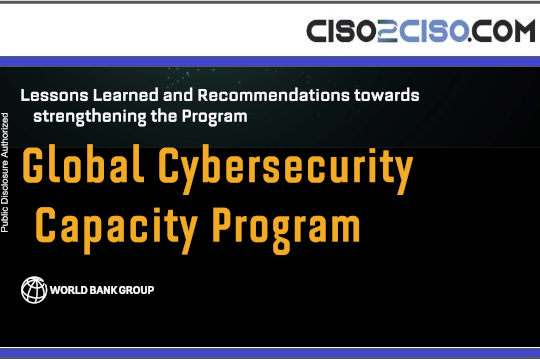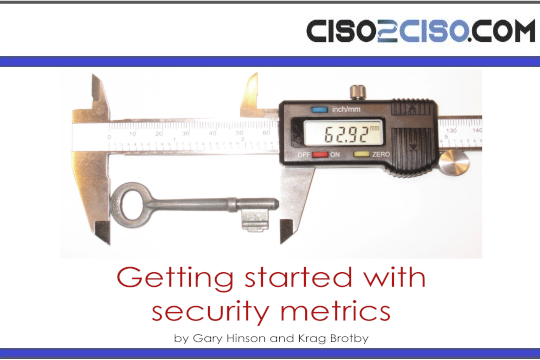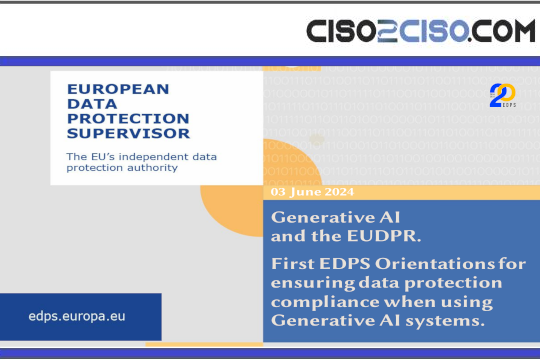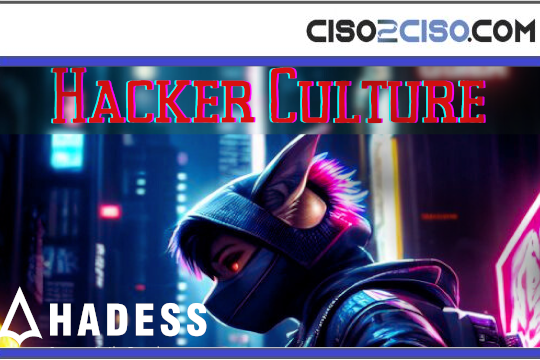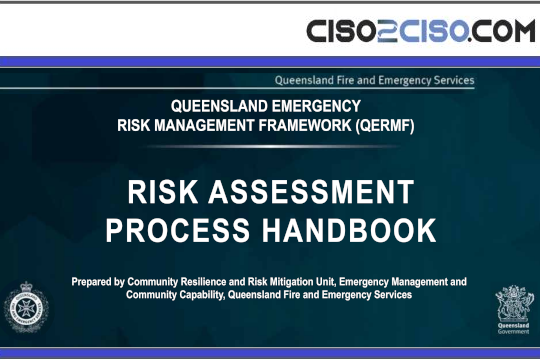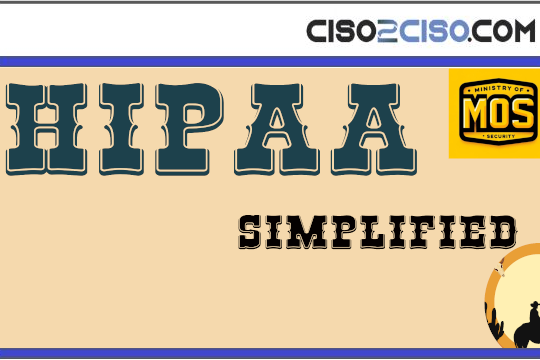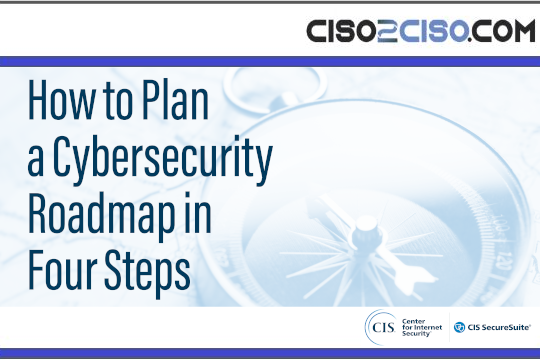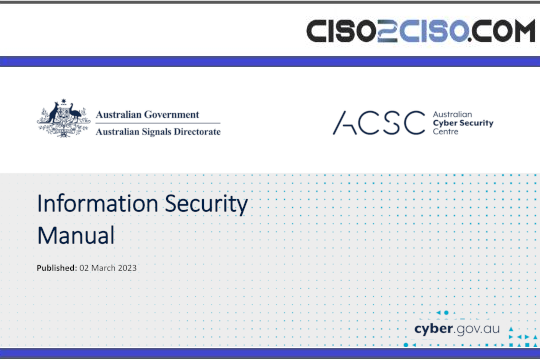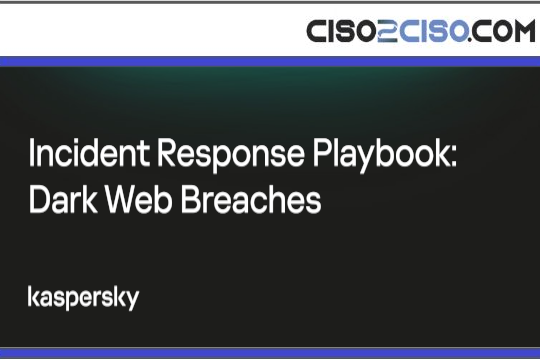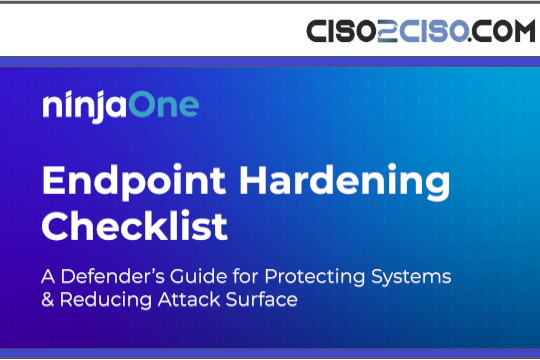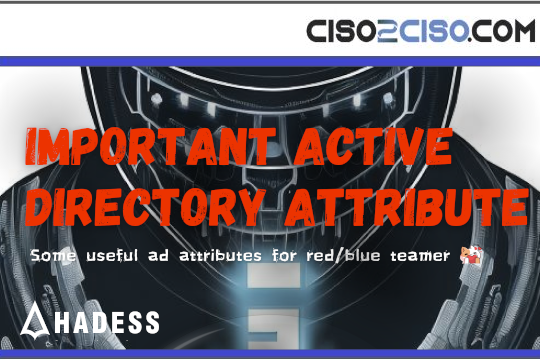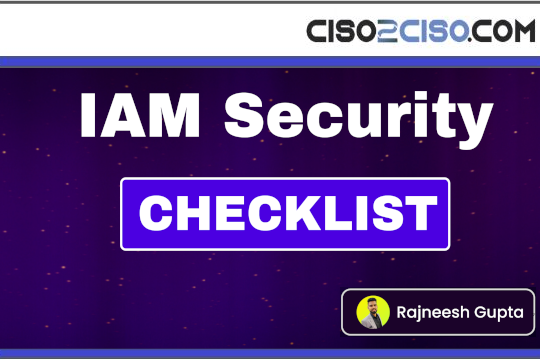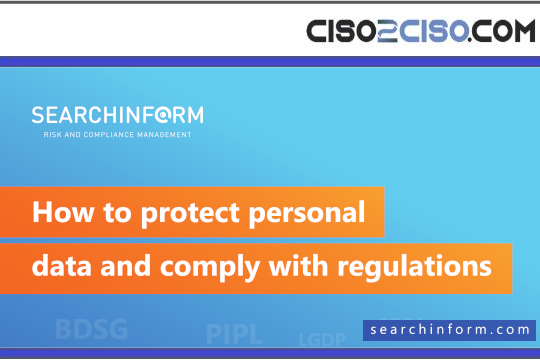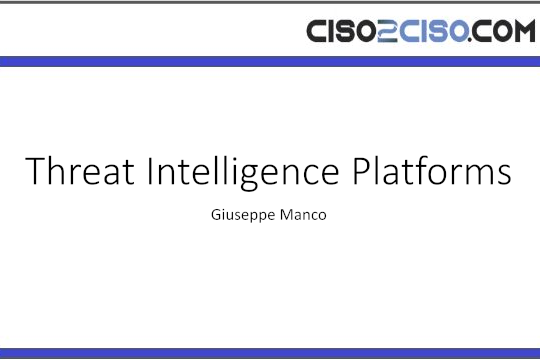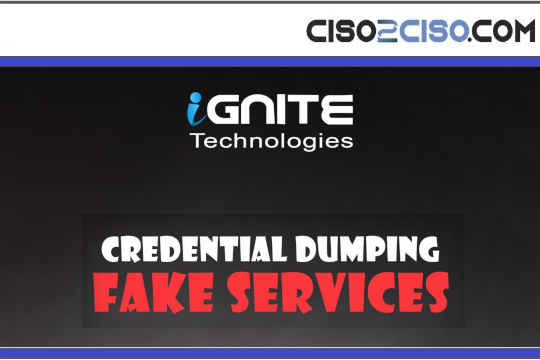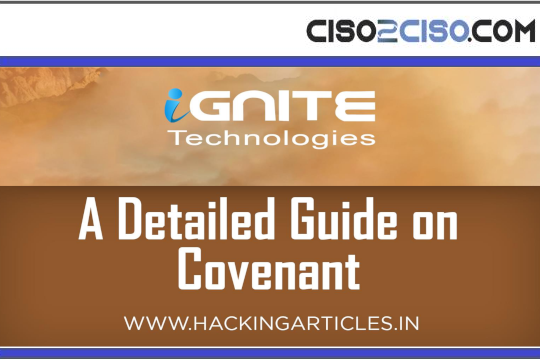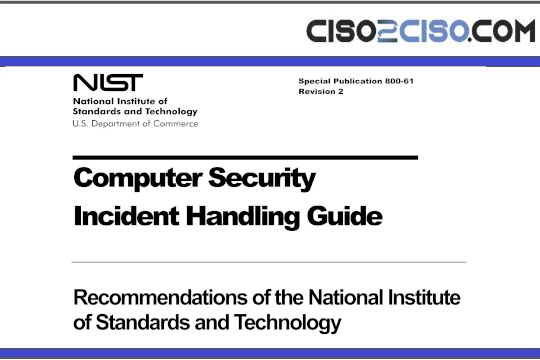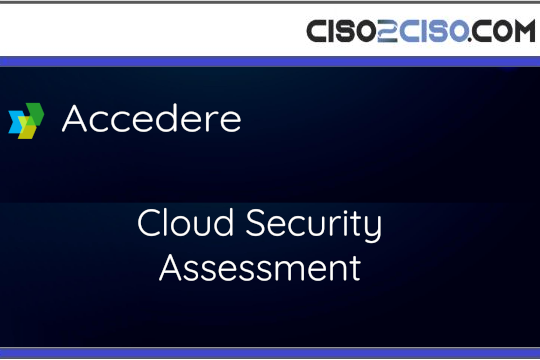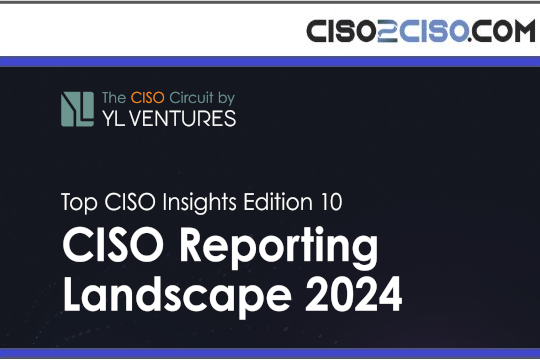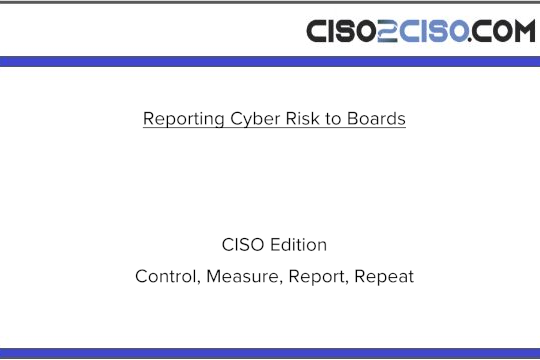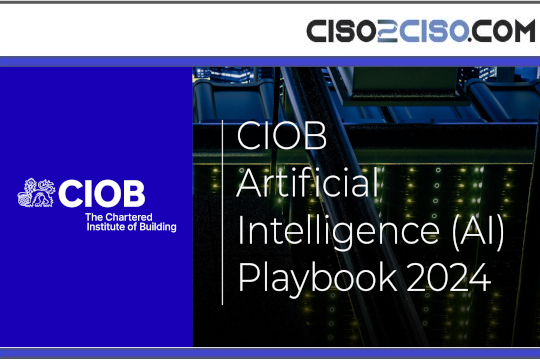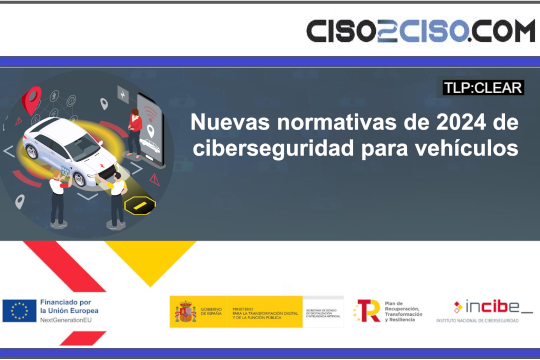Source: www.csoonline.com – Author:

Opinion
Aug 8, 20258 mins
Data and Information SecurityEncryptionRegulation
Blockchain is emerging as a powerful tool for CISOs to close trust gaps in identity, audit and supply chain security.
When I first heard someone suggest blockchain for enterprise cybersecurity, I nearly rolled my eyes. At the time, I was knee-deep in helping a Fortune 100 company drive a cloud security transformation. Our focus was on hardening IAM policies, tightening perimeter controls and aligning with frameworks like NIST and CIS. What did a decentralized ledger (known for Bitcoin) have to do with protecting and securing an enterprise infrastructure?
Then I started noticing a pattern.
Security incidents were happening not only because of a compromise but also because we couldn’t prove what had happened. Privileged access logs were missing. SaaS audit trails weren’t trustworthy. Supply chains were compromised, and we had no way to validate what we had actually deployed.
That’s when I began to look more seriously at blockchain not as a cryptocurrency enabler, but as a security primitive that could help us solve real-world problems security practitioners face today: tamper-evidence, data integrity and verifiable trust.
Blockchain 101: Understanding the architecture of trust
Let’s start with the basics. At its core, blockchain is a system of records shared across multiple nodes. It’s not just for cryptocurrency. It’s a distributed ledger that enables multiple parties to record transactions in a tamper-proof, cryptographically verifiable and transparent way.
Each block contains a timestamp, which is nothing but a list of validated events or transactions, and a cryptographic hash of the previous block. The blocks are chained together in a way that makes backdated data alteration computationally impractical.
From a security lens, this architecture offers unique benefits:
- Decentralization. Eliminates single points of failure or compromise
- Immutability. Data written to the chain is nearly impossible to change
- Verifiability. Stakeholders can independently verify logs or data integrity
- Transparency + confidentiality. You can audit metadata while encrypting sensitive content
According to Gartner, 20% of large enterprises will use blockchain for digital trust initiatives by 2025. That’s not hype — it’s movement.
Real-world security use cases for security leaders
As a security practitioner, I’ve been following blockchain’s move from theory to serious consideration, especially when dealing with persistent gaps in audit integrity, access verification and software provenance.
1. Tamper-proof audit trails
Logs are only as trustworthy as the systems that store them. In environments where insider threats, shared SaaS infrastructure or privileged access are concerns, immutable logging becomes critical.
Audit logs are foundational to incident response and compliance, but they are also vulnerable. A malicious insider can alter logs, and some SaaS platforms offer only limited access or retention.
To solve these problems, more security teams are now exploring blockchain-based audit layers, anchoring hashes of critical events (like privilege changes or API calls) into an immutable ledger. This creates a verifiable record that enhances the credibility of traditional logging systems.
Estonia’s KSI Blockchain is a powerful real-world example. Their entire public sector uses blockchain to protect the integrity of legal, medical and identity records, which ensures that unauthorized changes are detectable.
2. Decentralized identity and zero trust
Traditional identity systems are centralized and hence, vulnerable. Breach one identity provider, and you compromise everything downstream.
Blockchain enables self-sovereign identity (SSI), where individuals or devices present cryptographically signed credentials without relying on a central source of truth. This aligns well with zero trust architecture, where every identity must be continuously verified and validated.
Projects like Sovrin showcase how decentralized identity models can reduce attack surface while maintaining strong verification without overexposing sensitive data.
3. Software supply chain verification
We all remember how the software supply chain attacks like SolarWinds and Log4j vulnerabilities revealed the fragility of our systems, when trust is assumed but not verifiable.
Blockchain provides a tamper-proof way to log each stage of the CI/CD pipeline, tracking who committed code, what tools were used to build it and what passed (or failed) review. It can support software artifact tracking, including anchoring hashes of containers, building metadata and committing signatures into a shared ledger.
Initiatives like SBOM are evolving quickly to improve software supply chain transparency and security, and blockchain may play a crucial role in anchoring or timestamping these software records in a tamper-resistant format.
When blockchain makes sense — and when it doesn’t
Like all technologies, blockchain is only useful when applied to the right problems. It shines when we need verifiable trust, but it’s not well-suited for high-speed processing or dynamic data-heavy applications.
| Use blockchain when: | Avoid blockchain when: |
| You need tamper-evident records | You need real-time processing |
| You are operating in multi-party systems | Data changes rapidly or frequently |
| You require cryptographic auditability | You can achieve goals with simpler tools |
Choosing the right blockchain type:
| Type | Examples | Best for |
| Public | Ethereum, Bitcoin | Open, global verifiability |
| Private | Hyperledger Fabric | Internal compliance, audit logging |
| Consortium | Corda, Quorum | Shared governance across organizations |
Most enterprise security use cases align best with private or consortium chains, which strike the right balance between control, performance and privacy.
How blockchain could shape AI governance
As AI adoption grows, so does the need to track model provenance. Many organizations today don’t really know who trained their models, what data was used or how decisions are made. As regulatory pressure builds, this lack of transparency is becoming a risk.
Blockchain is emerging as a tool to record this AI lifecycle metadata, creating transparent histories of model versioning and access. Projects like Ocean Protocol are already building frameworks for decentralized data exchange with embedded governance and auditability.
In a future where AI regulations will demand explainability and accountability, blockchain may become a key enabler: not of performance, but of proof.
What I encourage security leaders to consider
I’m not advocating blockchain as a replacement for existing security tools. But I do believe it’s time for CISOs and security teams to start evaluating blockchain’s potential in specific, high-value areas where today’s trust models fall short.
Here’s how to begin:
- Start with a trust gap. Look for weak links in auditability, access or supply chain validation. Basically, look for places where you can’t prove what happened.
- Evaluate blockchain for anchoring, not replacement. Use blockchain to enhance visibility and verification, not to reinvent every tool.
- Stay regulatory-aware. As NIST and international regulators evolve blockchain and AI policies, early movers will be better prepared to comply and to lead.
- Bring it to the table. Raise the conversation in cross-functional meetings with legal, IT, risk and engineering. Even if you are not yet ready to deploy, you will be ahead of the curve by understanding where it fits.
Final thought: Blockchain is a security mindset
As security practitioners, we are constantly asked to secure systems we do not fully control, defend data we do not directly store and establish trust in a digital ecosystem that was never designed with trust in mind. The attack surface is growing, the supply chain is increasingly complex and the stakes have never been higher. In this environment, trust cannot be assumed.
It must be verifiable.
That is why blockchain deserves a serious second look. Not as a buzzword or a passing trend, but as a foundational technology with the potential to redefine how we approach digital trust. I am not suggesting it is a universal solution, nor do I believe it will replace our existing security frameworks. But I see its potential to enhance what we already have.
Blockchain offers a new model for trust. It brings transparency through shared ledgers, integrity through immutability and assurance through decentralization. Whether it is used to secure identities, preserve audit trails or protect software supply chains, blockchain enables us to shift from assumed trust to provable assurance.
We do not need to become blockchain experts. But we do need to understand where and when this technology can help solve problems that traditional models cannot solve. That is the mindset shift I am advocating for. As security leaders, our responsibility is not to follow hype but to challenge assumptions, evaluate emerging technologies early and prepare our organizations for what is coming.
Blockchain may not be the answer to every challenge we face. But in a world where trust is fragile and constantly under threat, it is increasingly part of the solution. It belongs on every CISO’s strategic radar.
This article is published as part of the Foundry Expert Contributor Network.
Want to join?
SUBSCRIBE TO OUR NEWSLETTER
From our editors straight to your inbox
Get started by entering your email address below.
Original Post url: https://www.csoonline.com/article/4035806/beyond-cryptocurrency-blockchain-101-for-cisos-and-why-it-matters.html
Category & Tags: Data and Information Security, Encryption, Regulation, Security – Data and Information Security, Encryption, Regulation, Security
Views: 4


